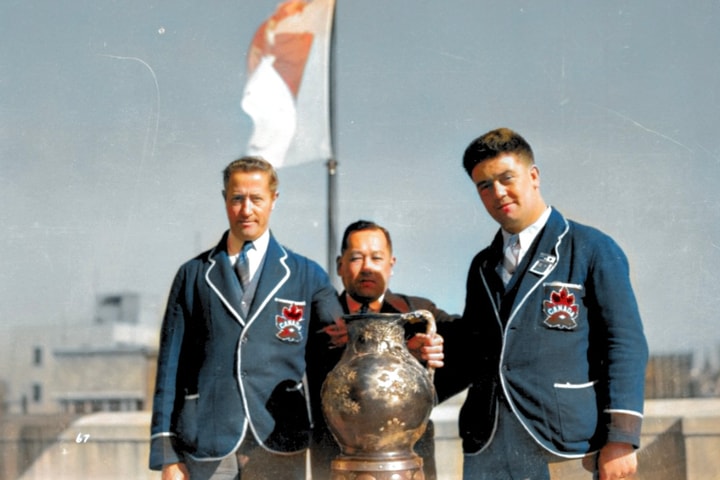Regulated brawling from the last century can be seen in old
descriptions and reenactments of Calcio Fiorentino game in Italy.
This allowed 'wrestling', that included the holding of a player
without the ball, and use of forearm and fist in moderation. With
the rougher forms of strikingly similar Camp-ball, there were
lasting injuries and occasional deaths for unlucky Football players
but for the same reasons seen now. In times when life expectancy
was much lower and effective medical attention far more limited, it
was, as the newspapers reported a 'manly game'. Controlled physical
contact rules in Football have early roots and for the same reasons
they that exist today: to limit personal injury.
All of this helps explain to a degree how the games of Rugby
have deep roots going back to late medieval times and pre-history.
Football, it seems, was played by all levels of society and its
origins help explain why its world popularity has grown so huge.
There is something in the human genome that craves controlled
battles, or camp-ball and it comes from the mists of time.
Further reading - Dymond, D. (2021) The game of
camping in eastern England. The local historian Vol 51, no.1, pp
2-14
About the author - Tom Langton
lives in Suffolk and is a scientist with an interest in
sustainability in the natural world. He curates the Langton
Football Archives, researching the History, Art and Culture of
Football's development.
This seeks to discover and illustrate how popular team games
developed, mostly with a simple 'bladder' ball. It takes a journey
back in time, including clues from the written records of local
archive manuscripts and journals. Where young and old, rich and
poor took part, and with play weaving between the enormous cultural
and political shifts and upheavals in town and country over the
last 1000 years.
LFA looks at how Football has been viewed and controlled
since medieval times under the influence of commerce, church and
government and how that has influenced who we are and how we play
today. Through its unique Art collection and with cooperative
partnerships, LFA seeks to foster interest and awareness in how
Football can help us to learn more about both fair and foul
competition.
Exhibitions and public awareness activities are promoted and
assisted in the UK and worldwide. There are plans for a touring
exhibition on Camp-ball in East Anglia and beyond, commencing at
the Museum of Cambridge in 2024.











